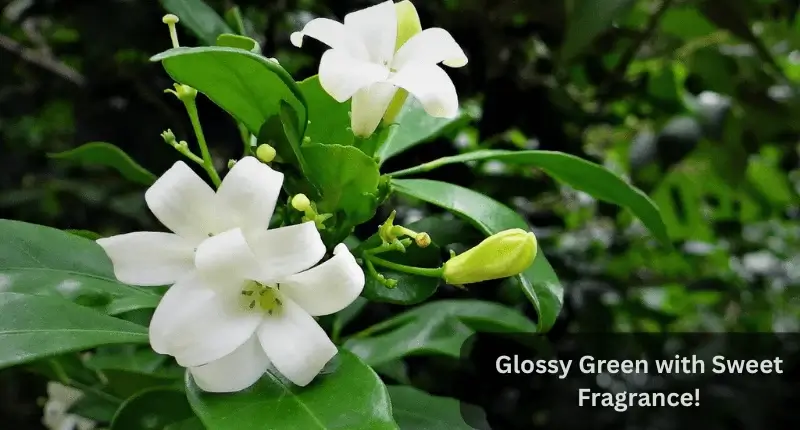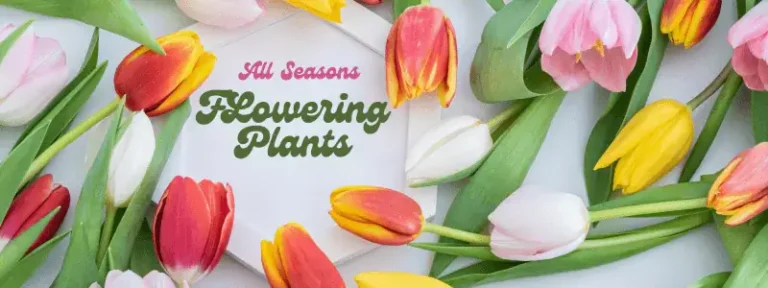The Madhu Kamini flower plant, also called Orange Jasmine, is a fragrant evergreen shrub that blooms year-round. Its sweet citrus-scented flowers make it a favorite for garden borders and hedges.

In this ultimate guide, you’ll learn:
Why Grow Madhu Kamini Plant?
Sweet Fragrance
- Its small white flowers give off a fresh, sweet, orange like scent, release strongest in the evenings.
- Perfect near windows, walkways, or garden seating areas for a natural air freshener.
Always Green
- Dark green leaves (Glossy) stay bright and fresh all year, even in winter.
- Bunches of star-like white flowers just keep coming back to your space.
Low Maintenance
- Needs very little attention—perfect if you’re new to gardening.
- Grows happily in pots or right in the ground.
Versatile Uses
- Shapes nicely into hedges, borders, or even small bonsai.
- Madhu Kamini welcomes colorful butterflies and buzzing bees, making your garden lively.

What It Looks Like
The Orange Jessamine (or Murraya paniculata) is a pretty small tree or shrub. It has dark green, glossy green leaves year-round and tiny white kamini flowers. These flowers spread a relax sweet fragrance, especially at dusk! After blooming, it may grow small red fruit with seeds inside (though they’re not edible).
When It Blooms
Good news: Its flowering season stretches across warm months! You’ll see the most blooms from spring to fall, with flowers often appearing again after rain. Bloom time peaks in summer evenings when their scent fills the air.
How to Grow Orange Jasmine Successfully?
Sunlight & Spot
Soil Requirements
Watering Tips
Fertilizing for More Blooms
Pruning & Shaping
Have you heard about Petunia, check out Petunia Flowering Season.
Kamini Plant Care with 4 Easy Steps:
- First, plant it where it gets full sun – morning sunshine is best!
- Second, water it regularly, but only when the top soil feels dry (poke your finger in to check).
- Third, make sure it lives in well-drained soil – mix in some sand if water pools.
- Fourth, every few months, sprinkle slow-release plant food pellets around it like a snack.
That’s really all it needs to grow those sweet-smelling flowers!
Common Problems & Fixes
Yellow leaves
- Cause: Often from over watering or soggy soil.
- Fix: Let the top inch of soil dry out and mix in a bit of sand.
No flowers
- Cause: It happens if it’s too shady or lack of nutrients.
- Fix: Place Jasmine plant somewhere brighter spot and use a fertilizer with phosphorus.
Pests (Aphids, Mealybugs)
- They make leaves sticky or curled.
- Fix: Spray weekly with Neem oil or a gentle soap-and-water mix helps you a lot.
F.A.Q’s
Q: Can Orange Jasmine grow indoors?
A: Yes, but with some care. Yes—just set it by a bright window and keep air moving around it.
Q: How fast does it grow?
A: Moderate growth—1–2 feet per year with proper care.
Q: Is it toxic plant to pets?
A: Mildly toxic if eaten. Keep away from dogs/cats.






